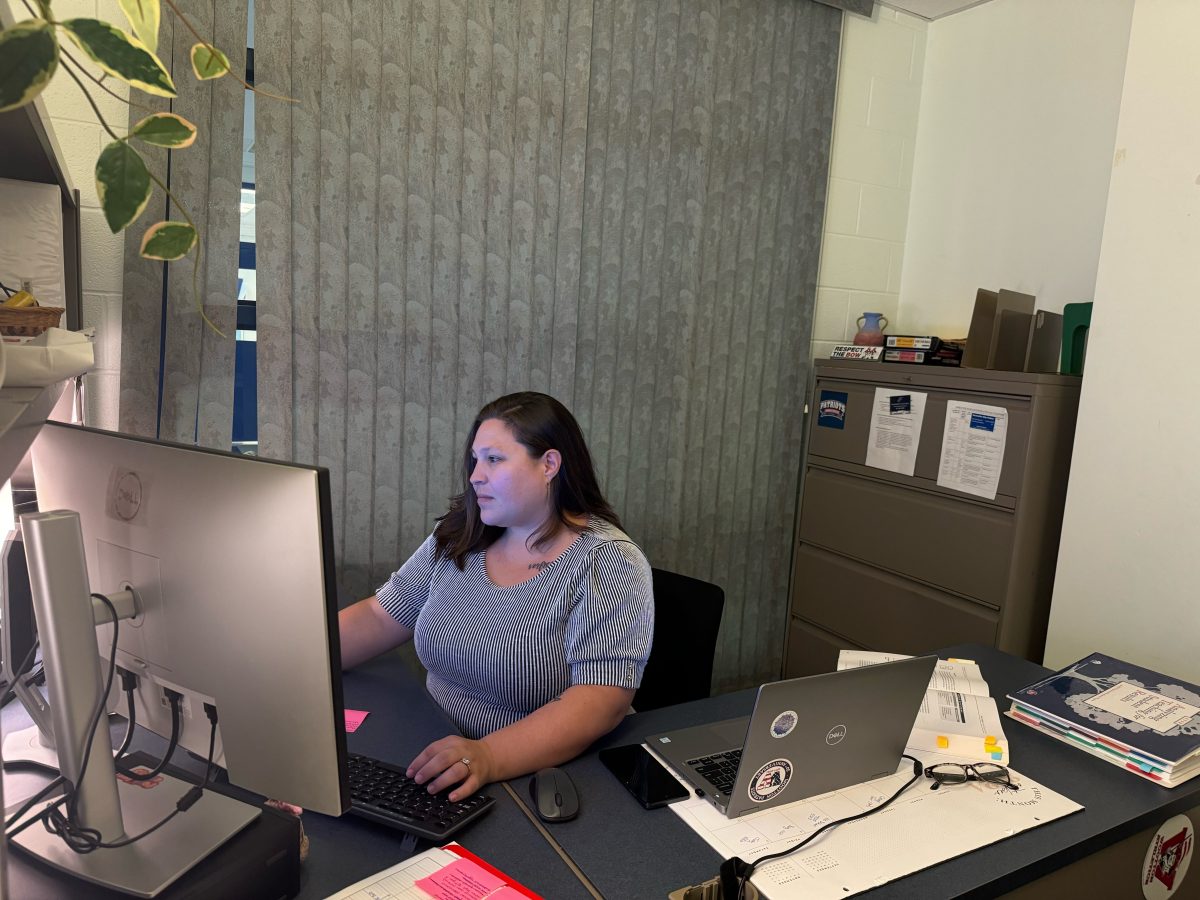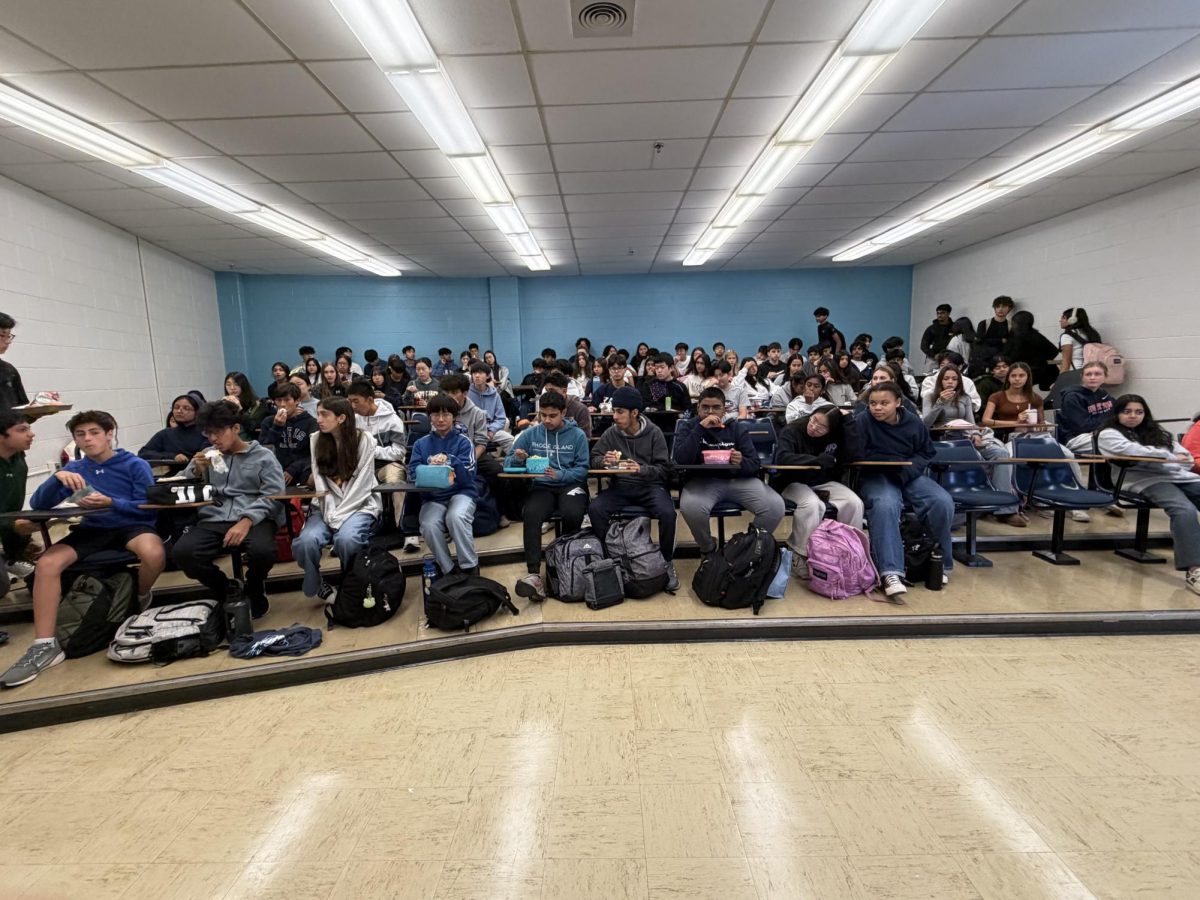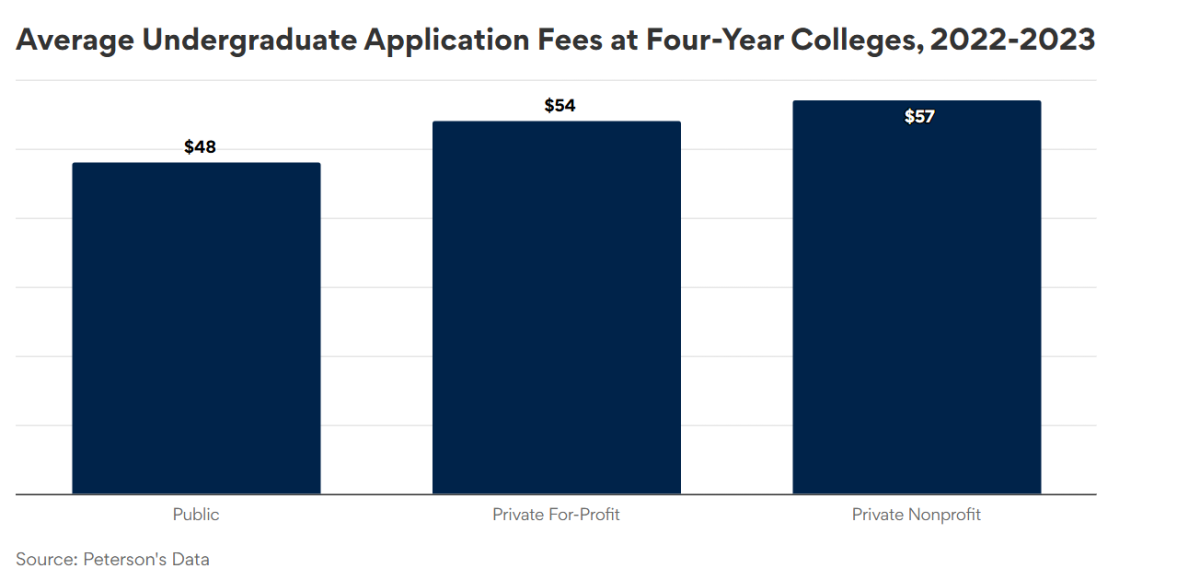Wednesdays are the designated day for wellness, with a structured advisory schedule and mandatory lessons for students to participate in. However, one person’s wellness can be another person’s stressor.
Assistant School Administrator Gillian Ratti is in charge of Wednesday wellness lessons. “The purpose of wellness is twofold. It gives an opportunity for student groups and clubs to communicate with the school as a whole. It also gives us an opportunity to promote social, emotional and study skills, and teenage-specific instruction to students,” Ratti said.
Ratti said she feels that the most important part of wellness lessons is the community-building aspects that come with them. “The community building [aspect] is most important: to talk about things that affect them, what’s happening in their communities,” Ratti said.
Regardless of what activities or make-ups students have scheduled for advisory on Wednesdays, they must prioritize the wellness lessons, which are a requirement for students. Focusing on being in the present can be effective for students to find wellness. However, in order for one to experience the true benefits of wellness, they must be fully engaged and willing to do it. “I think the wellness period on Wednesdays should be optional for students except for days discussing safety information. During the wellness lesson, most students aren’t engaged anyway and are doing other things. If wellness is optional, students could use that time to do other activities like makeup tests and club meetings,” junior Gimoon Kang said.
Although one student may benefit from time dedicated to wellness and being in the present, others feel that using that time to finish work has just as many stress-relieving qualities. “If my advisory period was free on Wednesdays, I would do homework, makeup tests, ask teachers questions, meet with counselors, go to club meetings, and much more, which would in turn lessen my workload on other days and improve my wellness,” Kang said.
As it stands, wellness lessons operate through presentations, which relay information to students. Senior Charlie Balian proposes a different approach to wellness lessons. “I think we should have a seminar or something more hands-on. [These lessons] have not helped me at all,” Balian said.
Freshman Alexa Krauthamer has also not had a positive experience with wellness lessons. She proposes a similar plan to Balian’s. “I would add appealing and exciting ways to present information to interest students in learning it,” Krauthamer said.
She said she feels that the most effective way for her to maximize wellness is to target her work head-on. “So far I would say Wellness Wednesdays have negatively affected me because they don’t allow me to complete necessary work,” Krauthamer said.
Kang’s solution involves a more staff-involved approach to wellness. “I would give students a chance to talk to their counselor if they need and maybe allow students to report any peers that may not be very well,” Kang said.
Although wellness period is not necessarily tailored to the wellness of every student, plenty of resources have already been made available to students. “I think I’m pretty comfortable with what has been provided so far. Too much resources and information would make it confusing to find the things that you need,” Kang said.
Even though the lessons do cover a variety of topics, from basic wellness to National Hispanic Heritage Month, students say they can get repetitive at times. “The student training module does encourage wellness through the many topics that they discuss, however, I think it gets repetitive since the content is the same each year,” Kang said.








